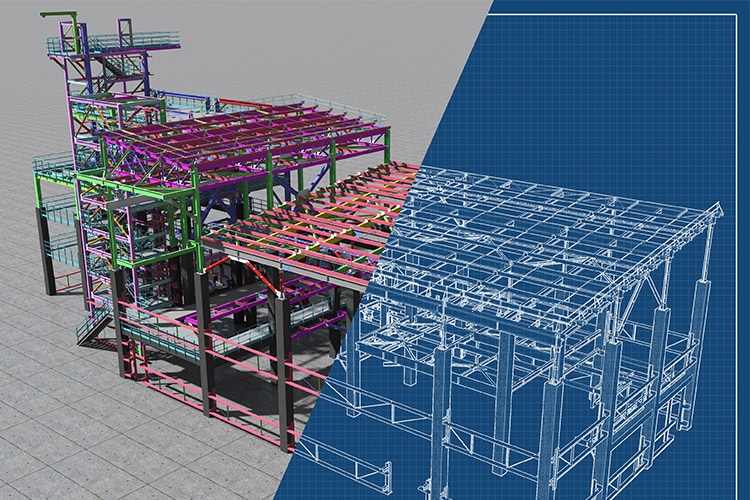Standards vs. standardization. These two terms are often confused in the AEC space.
Let’s just start by saying: there’s a difference. A standard is a value with which some characteristic of an object must comply (for instance, so that an inch on one ruler is exactly the same length as an inch on another rule); standardization is the process of ensuring that an activity is performed in a consistent way (so that, say, every time you raise a roof beam, you raise it in the same way).
In building construction, there are plenty of standards and standardization. For instance, all the materials used on a project “must” comply with the applicable technical standards; there are standards for compliance with health and safety regulations; and architectural designs are partially standardized by the need to comply with specific urban or rural planning regulations.
In the field of building information modeling (BIM), which is primarily concerned with documentation and, more importantly, retrieval of data in one form or another (often for comparison of corresponding data sets), the boundary between standards and standardization is very fuzzy. BIM standards call for a common data environment (CDE) to act as a “single source of truth” for all participants in a project; but there is presently no standardization of how that objective should be achieved. Plus, while the BIM standards may require a specific set of data for some aspect of a project and specify the layout of that information for printed or visual display, there is no standardization of the way that information is generated, how it is held, and by whom, what measures are taken to ensure its security, and how the data is communicated to those participants entitled to see it, among other oversights. Further, BIM-compliance is something that ought to be written into all contracts and subcontracts.
It is clear that, although the existing standards and related documentation—the result of tremendous efforts over years, if not decades, by many people—provide a solid basis for growth of the adoption of BIM, further effort is needed to present the core concepts in a way that’s easily digestible, using straightforward language. At or near the top of the priority list must be the creation of a multi-lingual dictionary of standard BIM terms and their definitions. There is also an urgent need—already starting to be addressed—for “How to” videos and articles explaining those concepts and their practical application, both in design offices and on construction sites.
A solid start, a ways to go
Though there’s a way to go before BIM is fully implemented and the benefits are enjoyed widely across the industry, there is already been progress. Some areas where that can be most widely seen are in preventing rework by highlighting clashes discovered during 3D design; reduction of construction waste thanks to better preconstruction planning; increase in on-schedule deliveries of goods and equipment thanks to better coordination; and on-time project delivery due to generally better-run projects.
As anybody in AEC knows, a project isn’t finished even when the doors are open for business. Buildings have long lives, and BIM’s benefits extend after handover: with BIM, operation and management data is available to facilities management staff; that information can be integrated with real-time data gleaned from ever-more connected building systems to keep an eye on the building’s pulse and continually optimize its operation, utility services consumption and occupant comfort. This progress is great news for an industry that’s famously slow to change, and clear terminology, a better understanding of definitions and wider adoption of BIM will push the industry ever higher toward greater efficiency, productivity and results.











